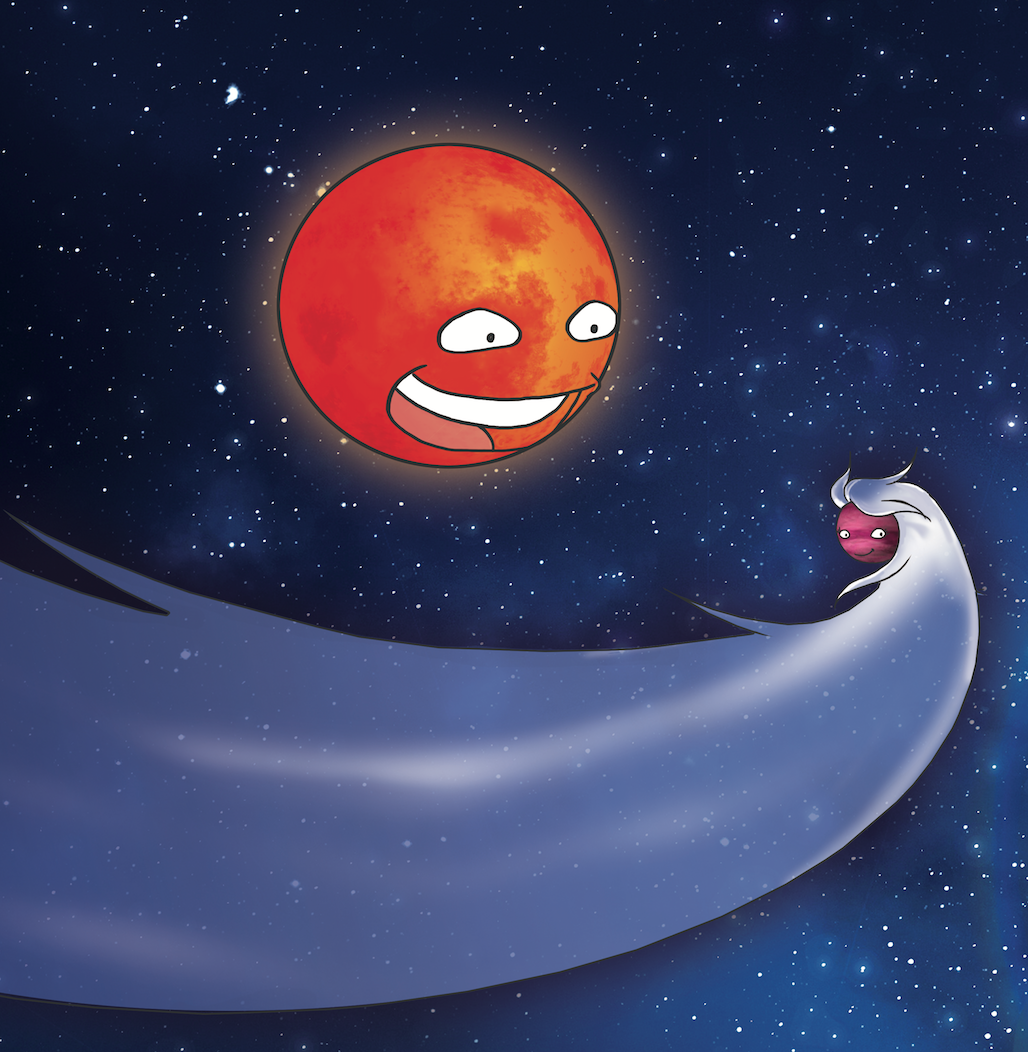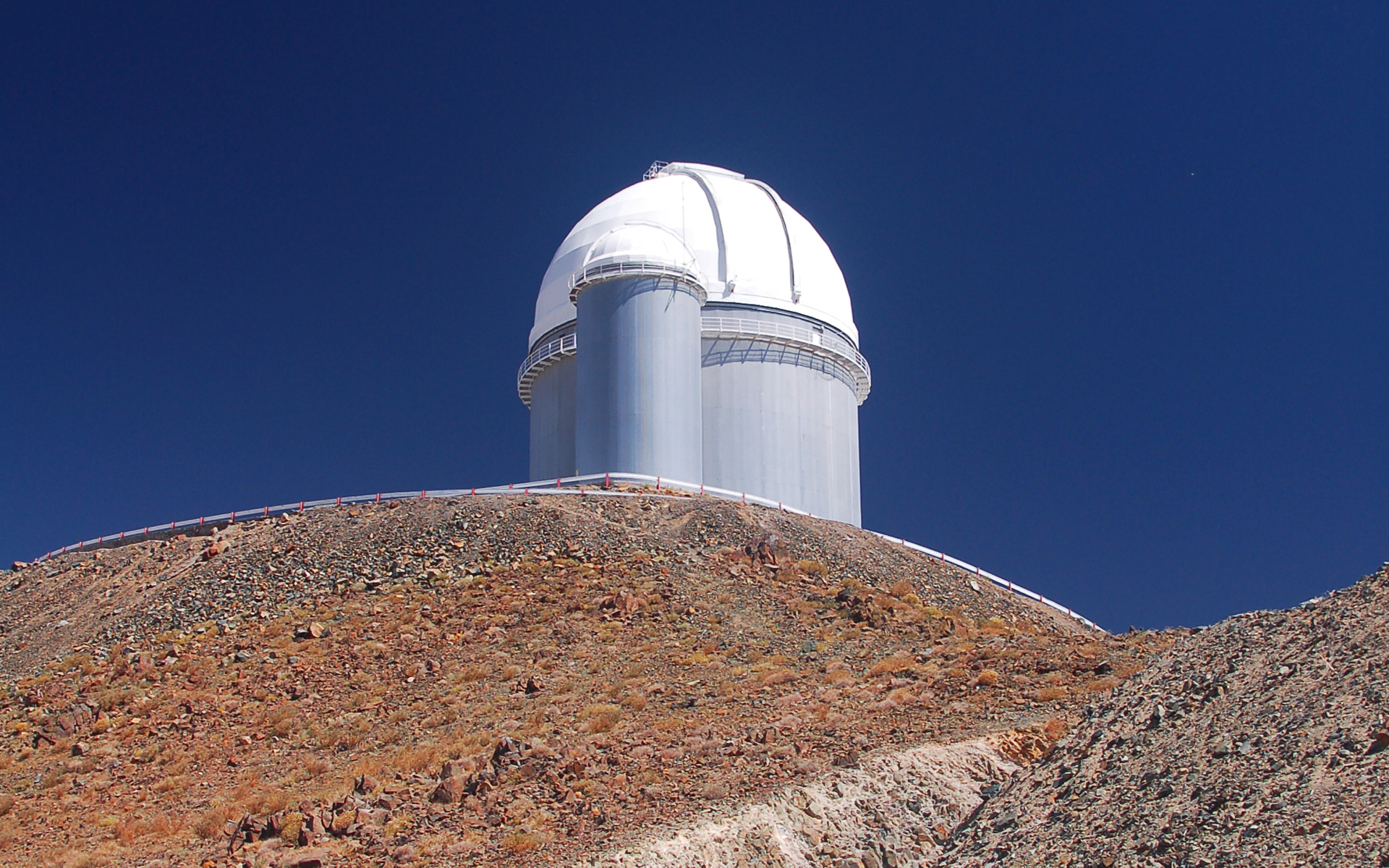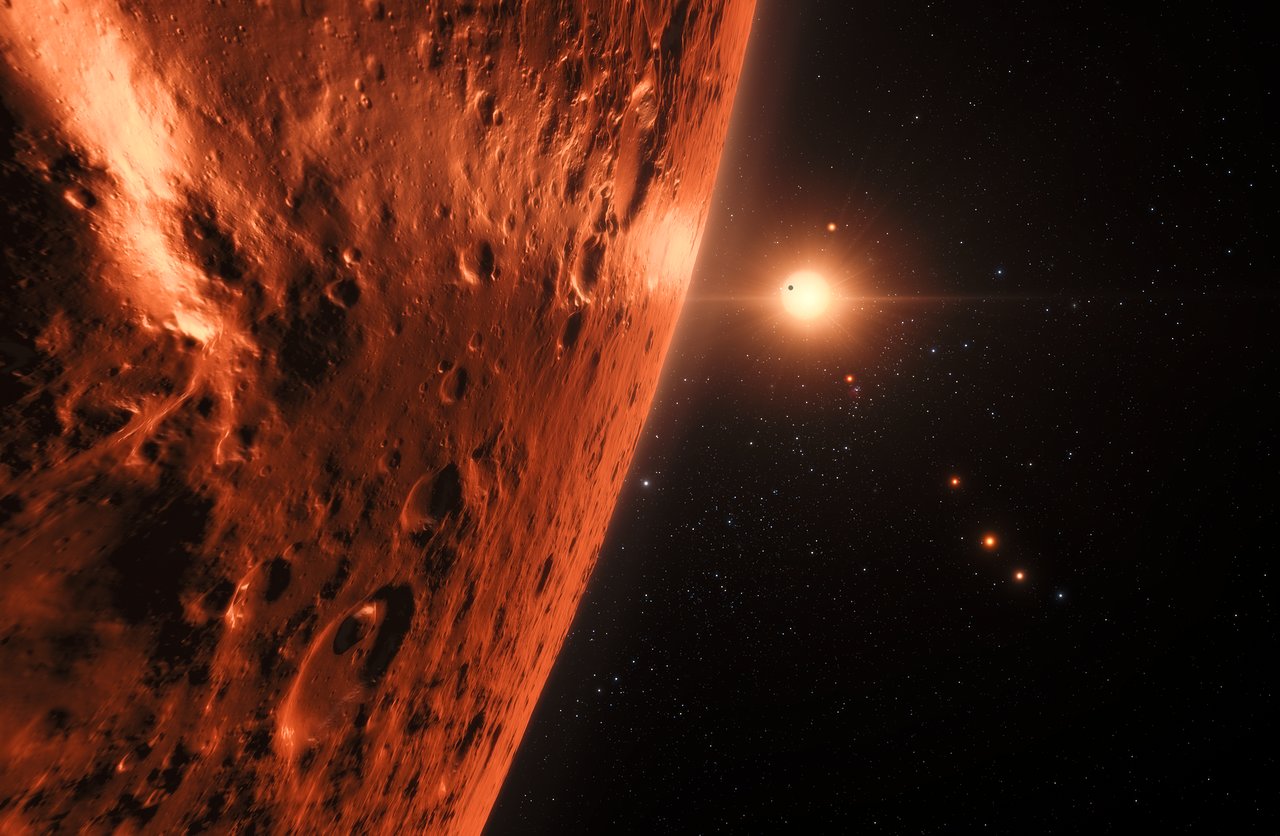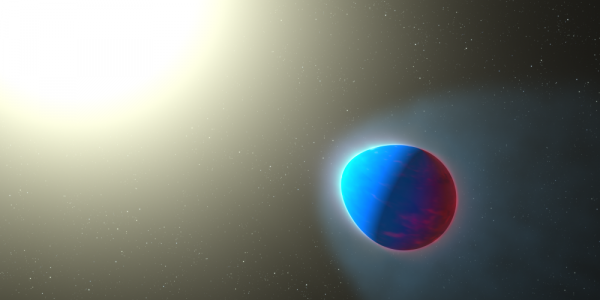Author Archive
Closest Temperate World Orbiting Quiet Star Discovered
A temperate Earth-sized planet has been discovered only 11 light-years from the Solar System by a team including member of PlanetS using ESO’s unique planet-hunting HARPS instrument. The new world has the designation Ross 128 b and is now the second-closest temperate planet to be detected after Proxima b. It is also the closest planet […]
Continue ReadingThe first exoplanet dicovered by NGTS surprised astronomers
Thanks to a new instrument developed in part by the Geneva Observatory, an international team of astronomers discovered a giant planet around a star two times smaller than the sun. This planet surprised astronomers who thought that the existence of such big planets was unlikely around small stars. About the size of Jupiter and orbiting […]
Continue ReadingReturn of the comet-like exoplanet
Astronomers members of PlanetS have discovered a comet-like exoplanet that trails an enormous coma of gas behind it. Astronomers from the University of Geneva (UNIGE), Switzerland, also members of the PlanetS National Centre of Competence in Research, have been working on a joint project with the universities of Berne, Warwick, Grenoble Alpes and the Paris […]
Continue ReadingESO’s La Silla Observatory will host new planet hunter
The NIRPS (Near Infra Red Planet Searcher) instrument will be installed on the 3.6 m telescope at ESO’s La Silla Observatory in Chile. Built by an international collaboration [1] co-led by the Observatoire du Mont-Mégantic team at the Université de Montréal and the Astronomy Department team at the Université de Genève, NIRPS is an infrared […]
Continue ReadingFirst hints of possible water content of TRAPPIST-1 planets
An international team of astronomers led by Vincent Bourrier member of PlanetS used the NASA/ESA Hubble Space Telescope to estimate whether there might be water on the seven earth-sized planets orbiting the nearby dwarf star TRAPPIST-1. The results suggest that the outer planets of the system might still harbour substantial amounts of water. This includes […]
Continue ReadingHubble Detects Exoplanet with Glowing Water Atmosphere
Scientists have found unmistakable evidence for a stratosphere on an enormous planet outside our solar system, with an atmosphere hot enough to boil iron. An international team of researchers, led by the University of Exeter and including researchers from PlanetS*, made the new discovery by observing glowing water molecules in the atmosphere of the exoplanet […]
Continue ReadingFirst discovery of an exoplanet with SPHERE/VLT
An international team of astronomers, including PlanetS members and associates at the universities of Bern and Geneva, and at ETHZ , discovered an exoplanet by direct imaging using SPHERE, an instrument designed and developed by a consortium of 12 European institutes on the Very Large Telescope ESO, based in Chile. The instrument, which corrects in […]
Continue ReadingThe Avatar of Michel Mayor ready to conquer the Galaxy
The avatar of Michel Mayor which will be implemented in the video game Eve Online is ready. CCP, the firm which had the idea to put real astronomical data in its game needed the image of a well known scientific to explain the gamers how they have to analyse these data. The data introduced in […]
Continue ReadingA habitable planet in the constellation of the Whale ?
An international team of astronomers, including researchers from the University of Geneva (UNIGE) and the NCCR PlanetS, discovered a rocky planet in the habitable area of a small star. The mass of this planet makes it particularly interesting since it would allow it to retain an atmosphere and thus make possible the emergence of life. […]
Continue ReadingCould the planets of Trappist-1 house life ?
PlanetS researchers observed Trappist-1 and its planets with the Hubble Space Telescope to find out if life was possible on one of them. The habitable zone is the zone where the temperature at the surface of the planet which is there corresponds to that of the liquid water, indispensable to the appearance of life. The […]
Continue Reading









